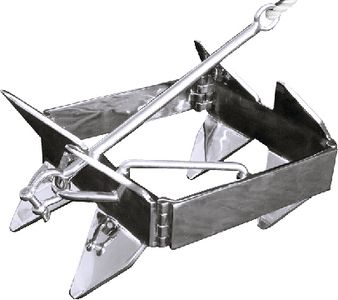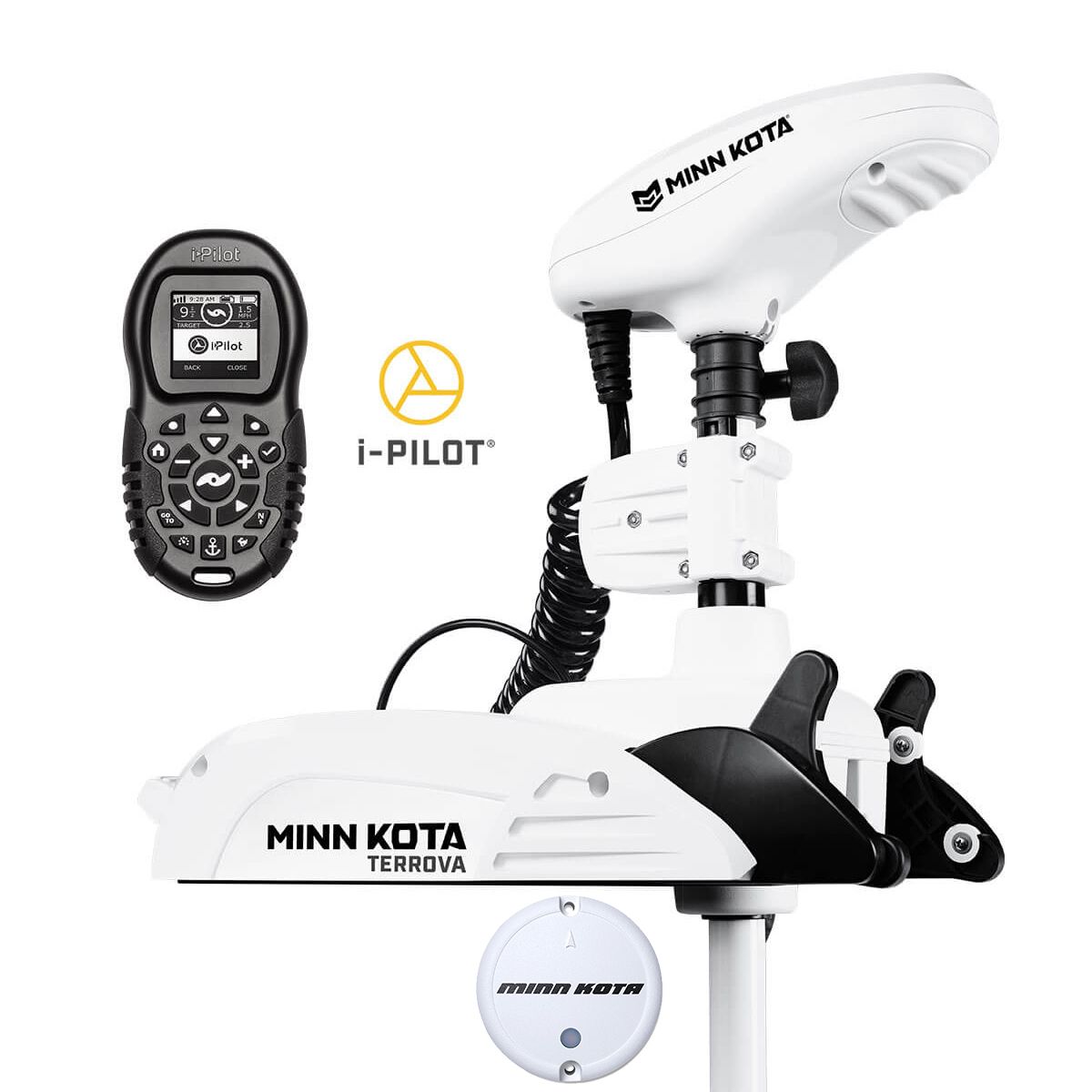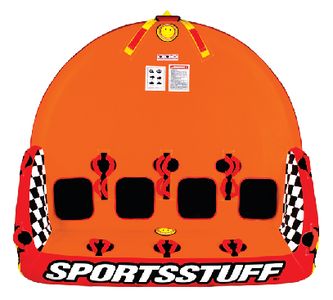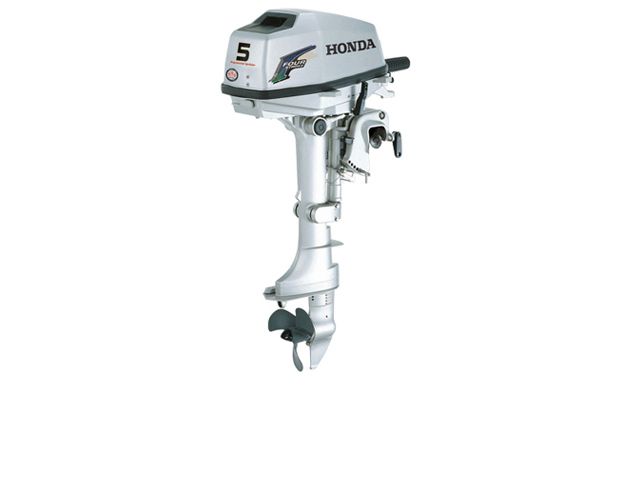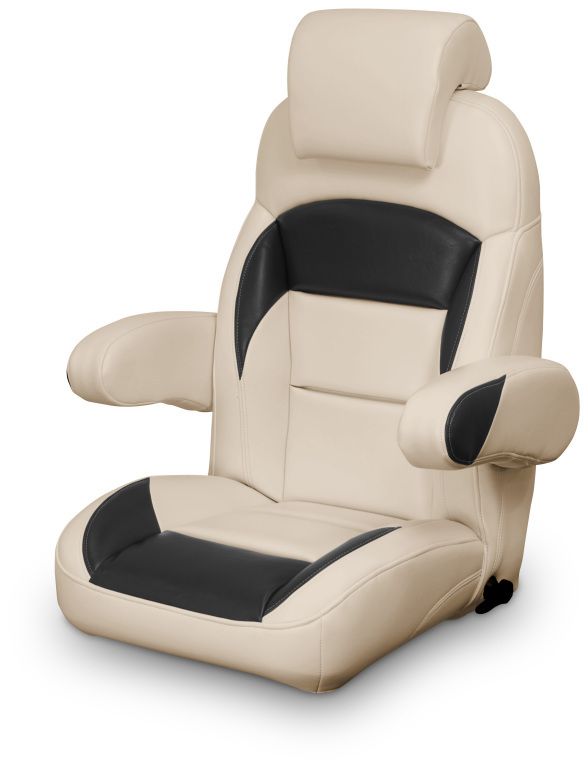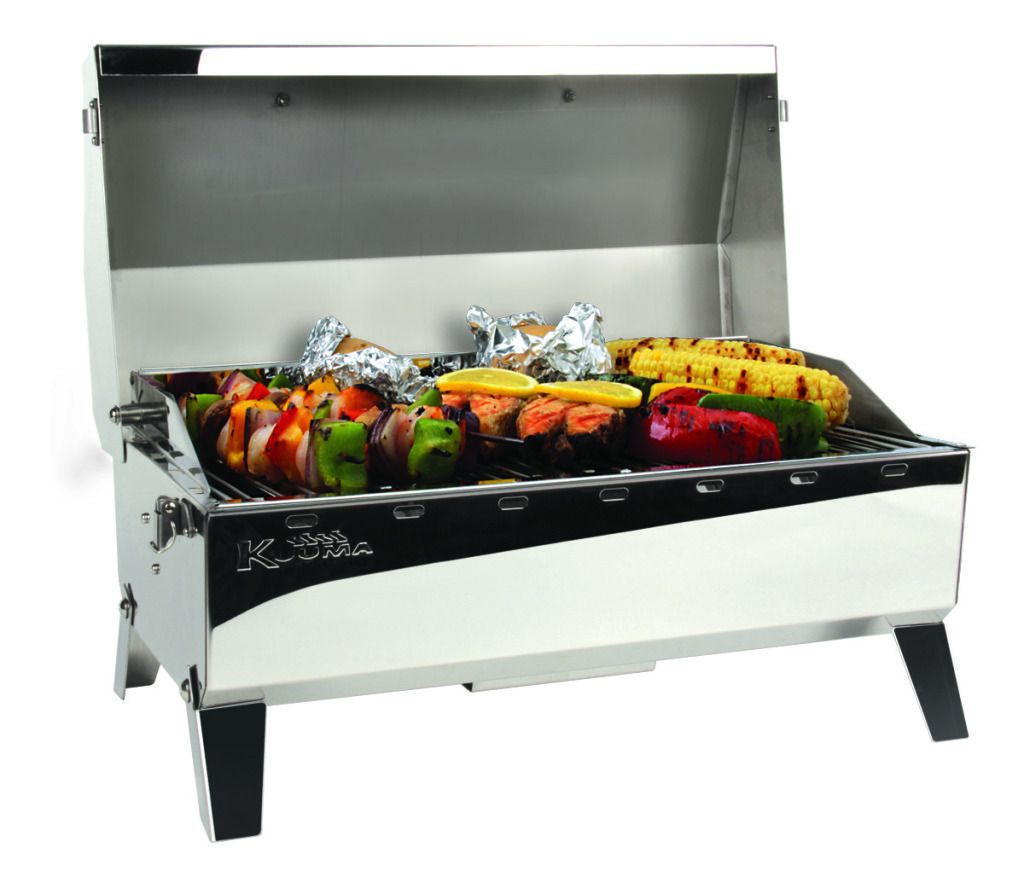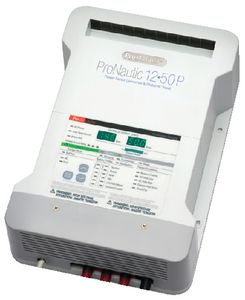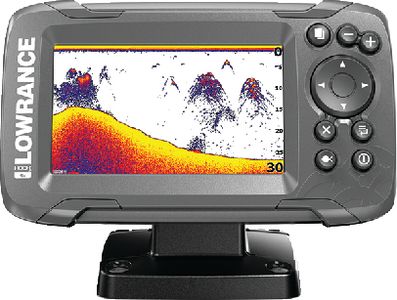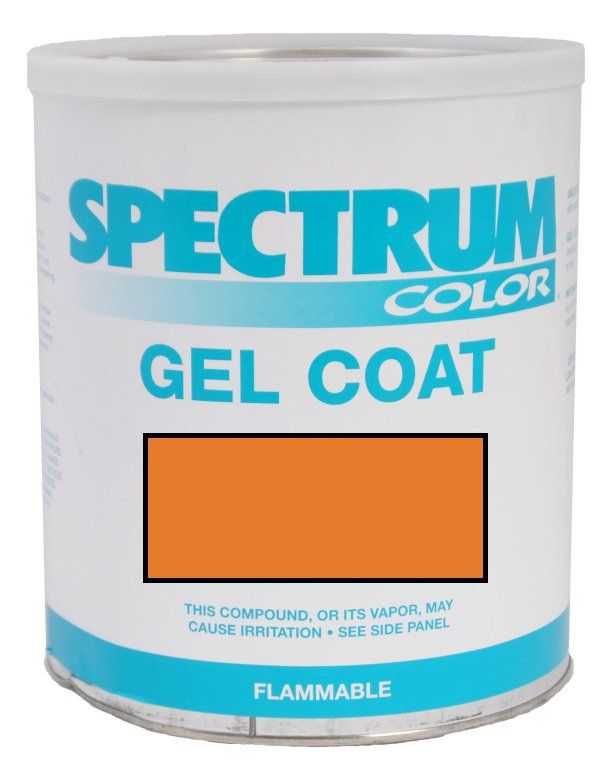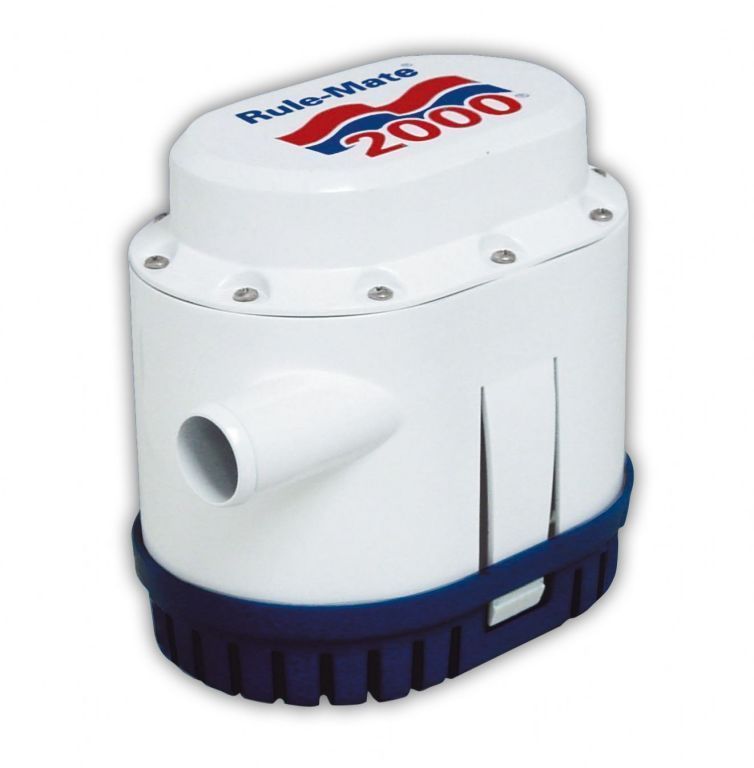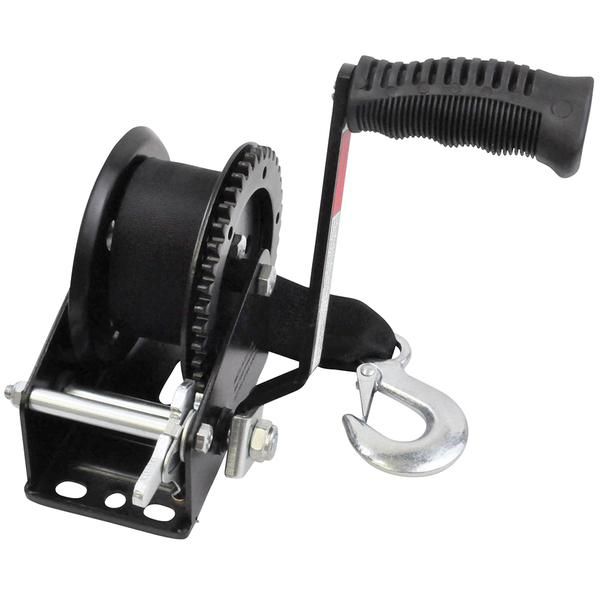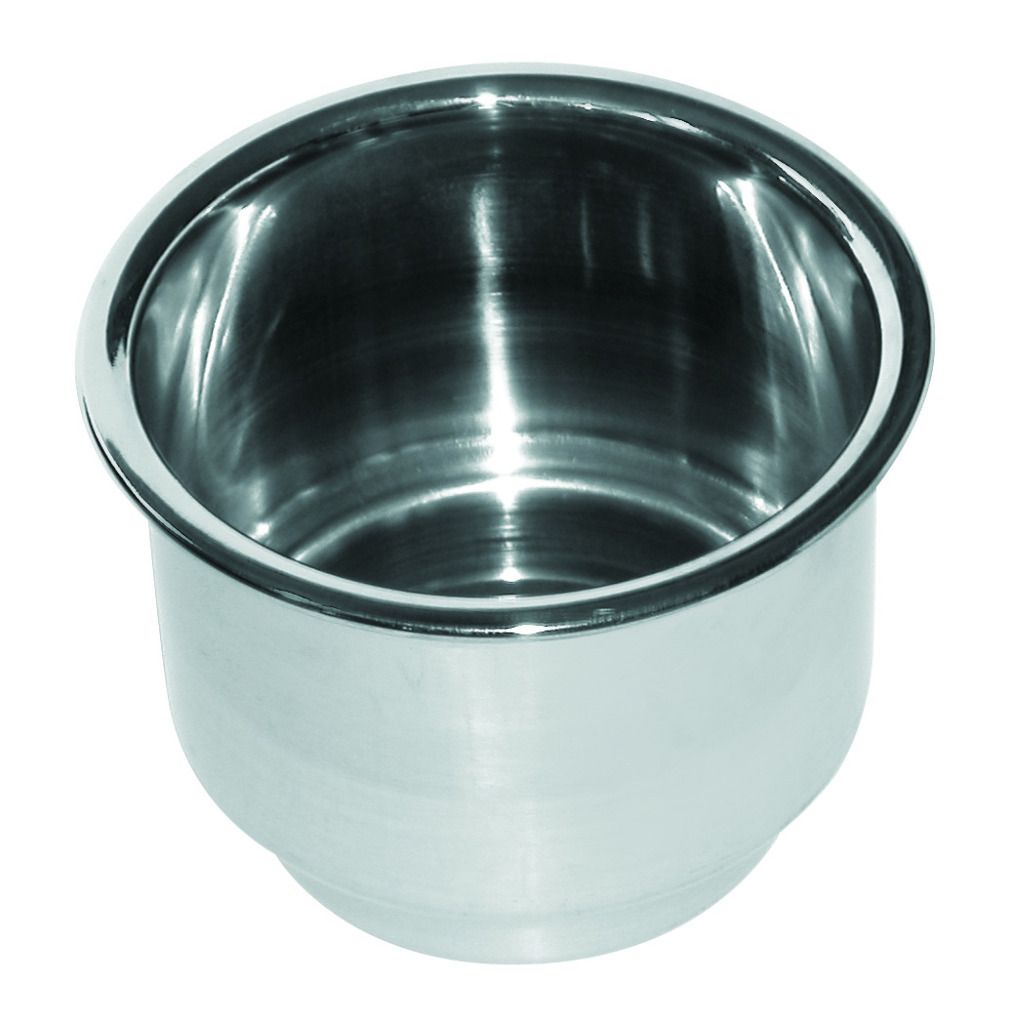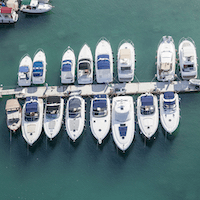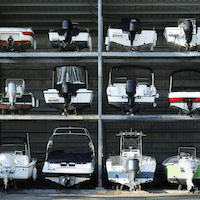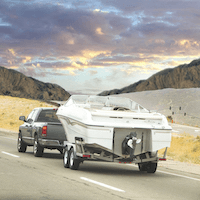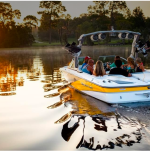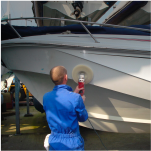Re: Suggetion for a new FAQ topic
here is a post that kclost dug up from last year that i had posted for him to troubleshoot his overheat problem. at the time i was searching for cooling answers also. after asking some of the expert mechanics, they really couldn't explain it either. we dealt with heat sensors that were labeled wrong, the only way you could tell which was which, without sticking it in a pan of water and heating it up with a continuity checker and a thermometer, was by the length of the wire that was attached to the sensor itself. and after looking at and studying how the water flow is through the block, thermostats, poppet, i believe that this would be the explaination that you would get from the engineers, if you could ever speak to them. the only way you will know what is going on is by observing a water pressure gauge. a very inexpensive but valuable piece of test equipment that will surely pay for itself many times over. all pressure readings are actual in the water running. hooked to a hose and muffs is just a static test. i believe that kclost and i could probably draw the cooling system out with our eyes closed. hopefully this will help. and that's the V6 mid-late 80's.<br /><br />trumanlake<br /> <br /> ps. the sensors are a whole nother story! just ask we can give you the low down on those too.<br /> <br />from kclost>>>>><br />Here is a copy of the post I was refering too...<br />Good information, and it matches my 86' merc 175 readings....<br /> <br /><br />quote:<br />--------------------------------------------------------------------------------<br />Here is a post from Trumanlake, who helped me with a topic I had a while back.<br /> <br />This is not from a book, just his observation, but it makes sense. He has a 1985 Merc. 200... If you have a mid 80's Merc. more than likely you have a "high-pressure" water pump, that will create pressures like below......<br /> <br />"A couple of things to think about, 1) the temperature of the water that you are running in. the hose is what compared to the lake water, 2) what kind of pressure are you running on the garden hose? (more than 14-16 psi. will open the poppet valve and all kinds of cool water will flow. Remember that your water pump will put out approximately 8-11 psi @ idle (800 rpm roughly) after the thermostats open up, before then 13-14 psi @ idle. Once motor is warmed up and thermo's open it will take approx. 2600-3000 rpm to develop 18-20 psi. If you have a pressure gauge you can see exactly when all this occurs. If you idle away from the dock (no wake area) say 200-300 yds. then gas it you would see the pressure gauge start to climb then drop back just slightly as the thermo's open then as the rpm's increase the pressure will start climbing again. Now at this point (around 2200-2400 rpm) if you can turn around (carefully) you should notice a good tell tale but you will probably not notice any water being dumped out the exhaust ports on the backside of the motor, and the pressure will be fairly constant @ around 13-14 psi. Keep increasing the rpm's, at some point around 2500-3000 rpm the poppet should open because there is enough pressure to unseat the valve. Once the valve opens turn around (carefully again) and now you should notice that along with the tell tale you also have water being dumped out the exhaust ports. As the rpm's keep increasing the gauge will keep climbing and finally stop around 22-25 psi.<br /> <br />--------------------------------------------------------------------------------<br /> <br />Point being, if you don't have water exiting the upper exaust ports at above 3000 rpms, your poppet valve isn't opening.... You're probably going to need a friend to look at it for you, it's not exactly easy to confirm by looking from the seat...

